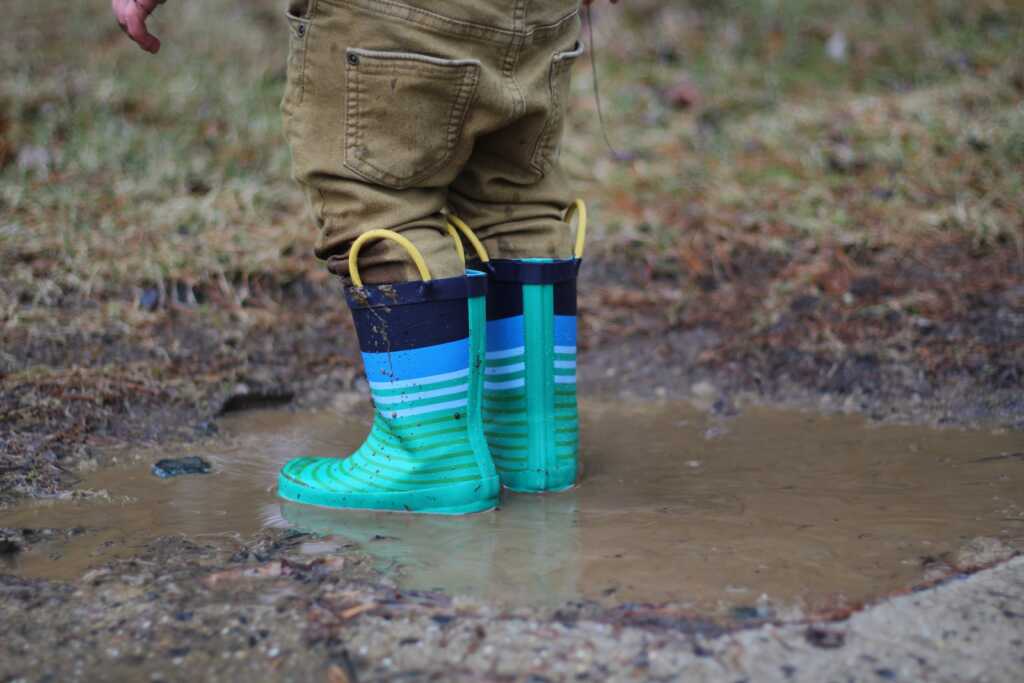Why is my Garden Waterlogged?
Good drainage is essential for keeping grass healthy and minimising the risks of damage to your property. A water-logged garden can cause substantial damage, especially if it threatens to enter the home or seeps down to the foundation.
Firstly, what causes garden drainage problems?
There are many reasons why your garden might be suffering from poor drainage. Here are the most common reasons:
- Your garden sits at the bottom of a hill,
- You have water features installed incorrectly,
- There are uneven surfaces or poorly laid patio slabs in your garden,
- There are incorrectly positioned downpipes coming from the guttering,
- There is clay soil in your garden, decreasing levels of absorbency in the area.
All of the above can be solved by investing in a domestic drainage system installed by lawn drainage experts. In the meantime, here are six steps to help combat water build-up in your garden:
How to improve drainage in your lawn:
- Grow more plants:
Lily of the Valley, Sweet Woodruff and Irises love wetter environments. Investing in shrubbery is a relatively inexpensive solution which will also enhance your garden’s appearance. It’s important to bear in mind that choosing the right plants is essential, as many plants cannot tolerate soggy conditions. - Pricking or Spiking:
Pricking the lawn surface with shallow holes and deeper spiking can help garden drainage. Horticultural sand or lawn top dressing can fill these holes, allowing water to flow from the surface to deeper, less compacted layers. - Manage Surface Water:
Sloped surfaces in your garden can be used to direct excess water to surface drain/drains that allow water to run away from already soggy areas. - Install Land Drains:
If your lawn struggles with effective water drainage, land drains can be the answer involves digging a trench in your garden and then installing a perforated drain. An expert drainage solutions provider can assist you with this. - Use Bark Chippings:
Bark Chippings are a cost-effective way to improve drainage. They retain moisture, prevent weed growth, and protect plant beds during colder weather. Bark chippings also help protect your drains from root ingress. - Install Artificial Grass:
Artificial grass can handle large amounts of rainfall when installed correctly with a permeable sub-base beneath the turf.
These six steps can help improve drainage in your lawn, but for long-term solutions get in touch with our lawn drainage experts to answer the question; ‘why is my garden waterlogged?’. The team at Express Drainage Solutions are here to help.
